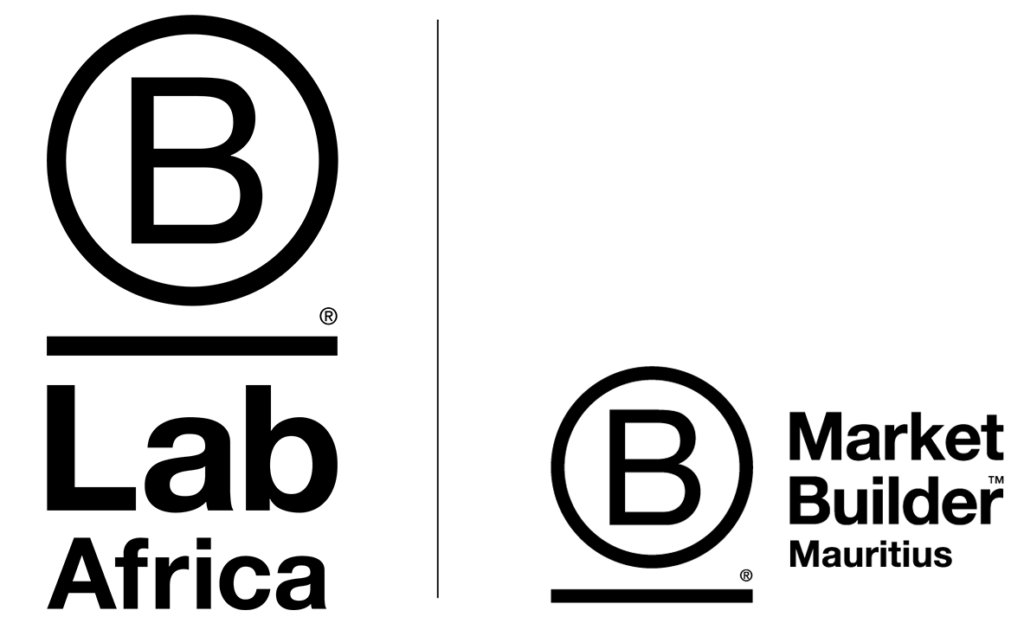The B Impact Assessment
What is it? The free B Impact Assessment enables companies to measure, manage, and improve their impact by answering a series of questions about business practices and outputs.
Who is it for? Any for-profit company — in fact, the B Impact Assessment is already used by more than 280,000 businesses. You don’t have to be a B Corp to use this free and confidential tool, nor do you have to be a C-suite executive or seasoned sustainability professional.
How do I get started? Visit the B Impact Assessment page for a more in-depth understanding of the tool or head straight to the BIA to get started.
Why use the B Impact Assessment? Business needs comprehensive, credible, comparable impact standards to support economic systems change. The B impact assessment is a free tool used by companies globally to measure the positive impact of their company in areas of governance, workers, community, customers and the environment.
How to use the B Impact Assessment

Step 1 : Assess
Complete the B Impact Assessment by answering a series of questions about your company’s practices and outputs across five categories: governance, workers, community, the environment, and customers.
Step 2 : Compare
Evaluate your performance compared to the thousands of other businesses that have taken the B Impact Assessment. You’ll see where your business is outperforming others, and where there’s room for improvement.


Step 3 : Improve
Use the B Impact Assessment platform to identify, track, and learn about improvement opportunities and best practices over time.
Step 4 : Certify
Using the BIA is the first step to in becoming a B Corp. Learn more about why you should certify, and the benefit that businesses experience.

What we measure as part of the B Impact Assessment
Your company's governance
The B Impact Assessment will evaluate your company’s mission and engagement. The tool specifically looks at your social and environmental impact, ethics and transparency. Your company’s ability to protect its mission and consider its stakeholders in decision-making through its structure or governing documents will also be reviewed. Completing the legal requirement is a great first step to improving your governance score.
How your company treats its workers
This section looks at how your company supports its employees. We’ll focus on financial security, health and safety, wellness, career development and employee engagement and satisfaction. This section also recognises business models that benefit workers, such as companies that are at least 40% owned by non-executive level employees and those with programmes to support people with barriers to employment.
Your impact on the community
This section of the assessment evaluates how your company engages with and benefits the communities it works with. We’ll cover things like diversity, equity & inclusion, your economic impact, community engagement, and your supply chain. This section also recognises things like fair trade sourcing, cooperative models, and formal charitable giving commitments.
Your company's impact on the environment
This section looks at your company’s environmental management practices and their impact. This includes the direct impact of a company’s operations and when applicable its supply chain and distribution channels. This section also recognises companies with environmentally innovative production processes and those that sell products or services that have a positive environmental impact. We have some resources on our B Climate Tools Base that can help you with this step.
Your company's customers
This section evaluates a company’s stewardship of its customers through the quality of its products and services, ethical marketing, data privacy and security and feedback channels. This section recognises products or services that are designed to address a particular social problem for or through its customers, such as health or educational products, arts & media products, serving underserved customers and clients, and services that improve the social impact of other businesses or organisations.
Looking to improve your BIA score?
To become B Corp certified, your company must first complete the B Impact Assessment, the free, online platform used by B Lab to measure your social and environmental performance impact.
Crossing the 80-point threshold doesn’t usually happen at the first pass, but improving your business’s impact is made easier thanks to a range of tools and resources built into the B Impact Assessment. These show which impact areas your company already excels in, how your practices compare to other businesses and which it could improve on.
Best practice guides, case studies and other dynamic tools will help you create a clear roadmap, set goals for improvement, and track your performance over time.


